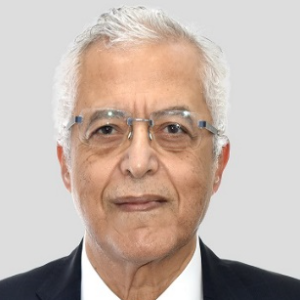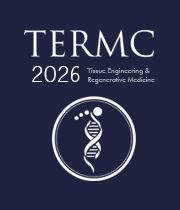Martinotti Cells
Martinotti Cells, named after the Italian anatomist Camillo Martinotti, are a distinctive type of inhibitory interneuron found predominantly in the cerebral cortex. These GABAergic neurons play a crucial role in the regulation of cortical circuitry and information processing. Martinotti cells are characterized by their vertically oriented axons, which extend towards the pial surface, and extensive horizontally oriented dendritic arborizations within their home layer. These cells receive excitatory inputs from pyramidal neurons and, in turn, inhibit neighboring pyramidal cells through the release of the neurotransmitter gamma-aminobutyric acid (GABA). The inhibitory influence of Martinotti cells helps modulate the overall activity and excitability of the cortical network, contributing to functions like sensory processing and cognitive tasks. Dysregulation of inhibitory interneurons, including Martinotti cells, has been implicated in various neurological disorders, such as epilepsy, schizophrenia, and autism spectrum disorders. Studying the physiology and connectivity of Martinotti cells provides valuable insights into the complexities of cortical circuits and their role in higher brain functions. Ongoing research aims to uncover the molecular mechanisms governing the development, function, and modulation of Martinotti cells, offering potential therapeutic targets for disorders involving cortical dysfunction.

Nagy Habib
Imperial College London, United Kingdom
Lucie Bacakova
Institute of Physiology of the Czech Academy of Sciences, Czech Republic



Title : AI-integrated high-throughput tissue-chip for space-based biomanufacturing applications
Kunal Mitra, Florida Tech, United States
Title : Stem cell technologies to integrate biodesign related tissue engineering within the frame of cell based regenerative medicine: towards the preventive therapeutic and rehabilitative resources and benefits
Sergey Suchkov, N.D. Zelinskii Institute for Organic Chemistry of the Russian Academy of Sciences, Russian Federation
Title : In vitro evaluation of lyophilized Dedifferentiated Fat cells (DFAT) impregnated artificial dermis
Kazutaka Soejima, Nihon University, School of Medicine, Japan
Title :
Nagy Habib, Imperial College London, United Kingdom
Title :
Alexander Seifalian, Nanotechnology & Regenerative Medicine Commercialisation Centre, United Kingdom
Title : The regenerative medicine of the future
Marco Polettini, DVM, Italy